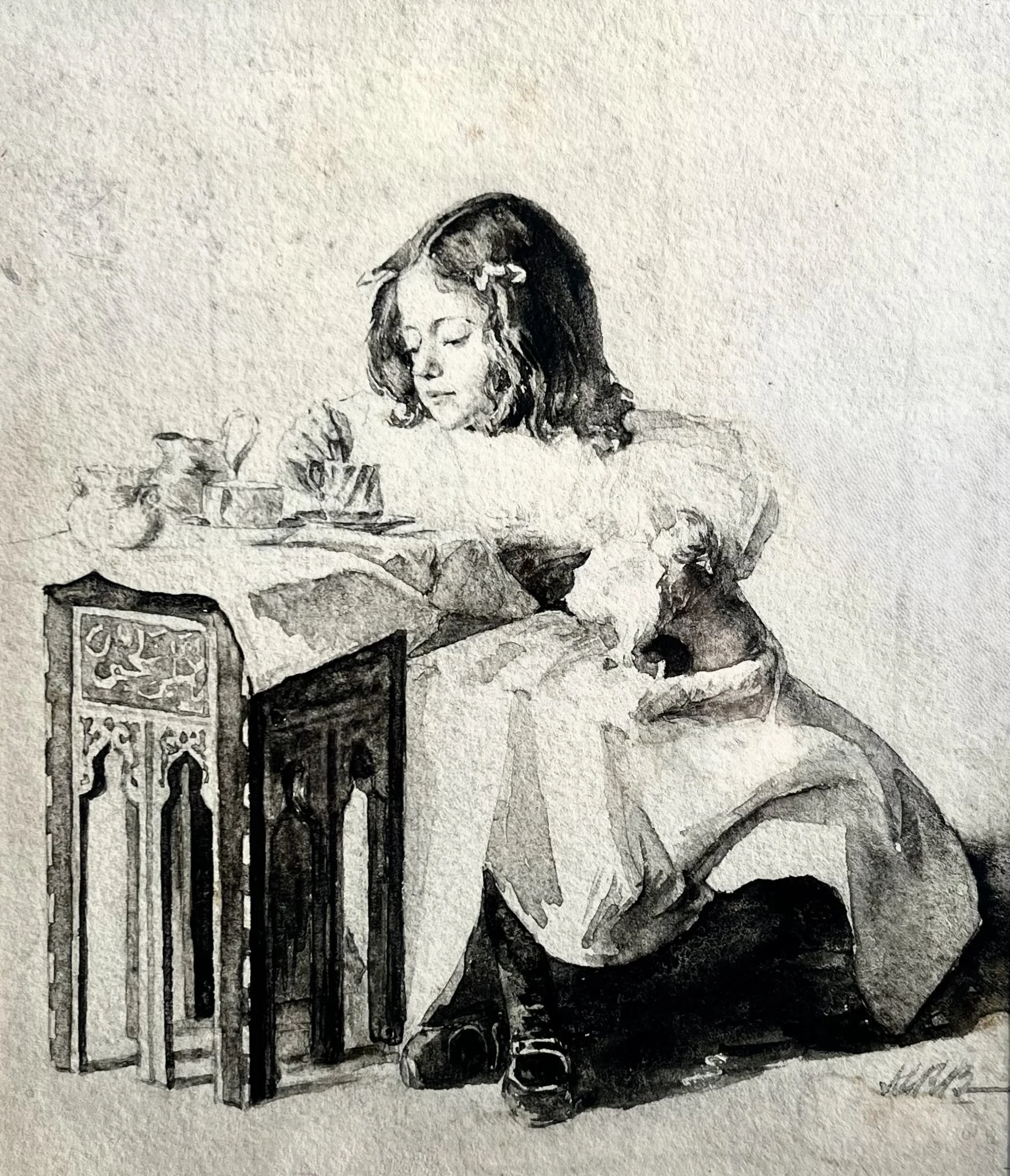 Image 1 of 11
Image 1 of 11

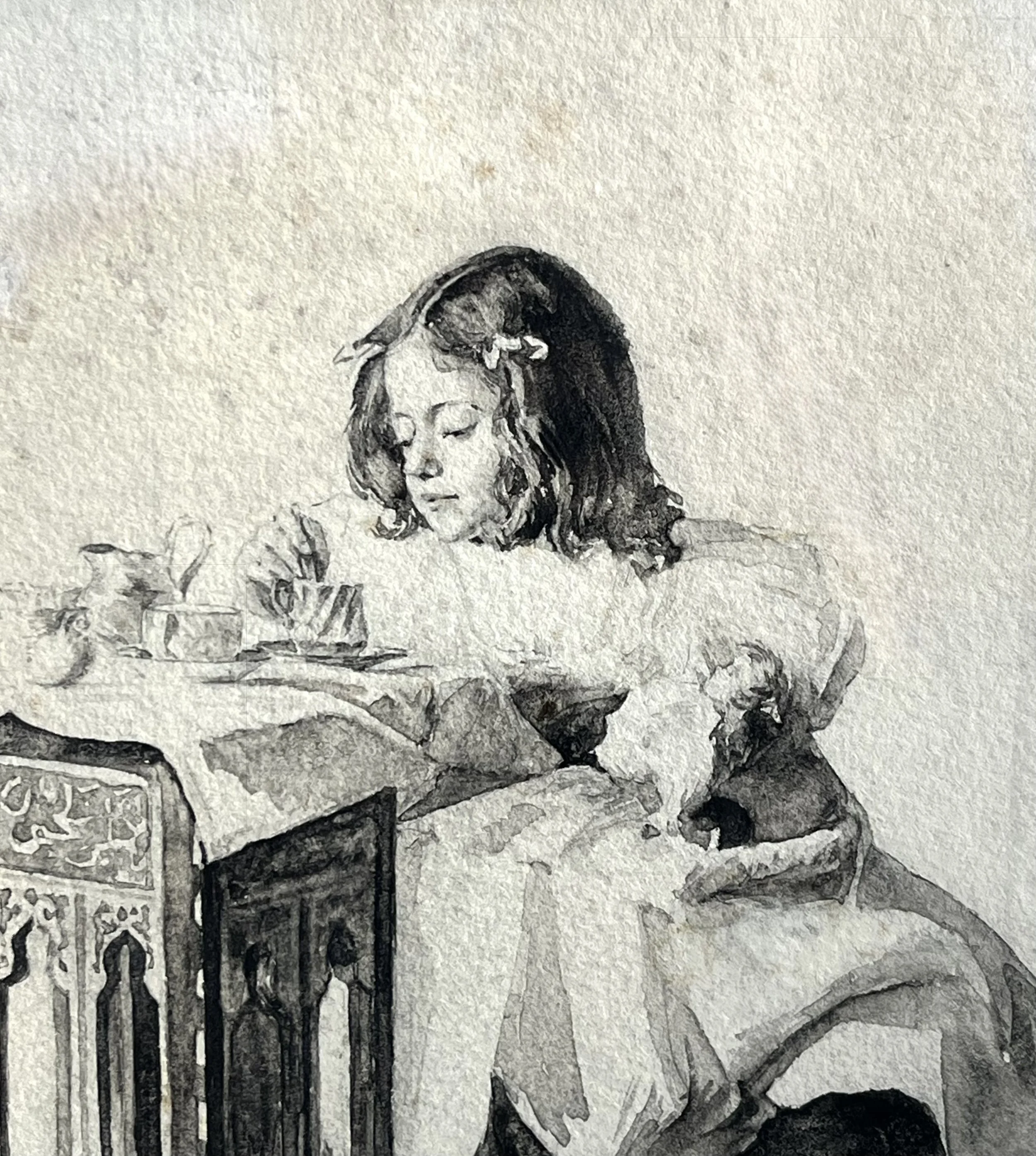 Image 2 of 11
Image 2 of 11

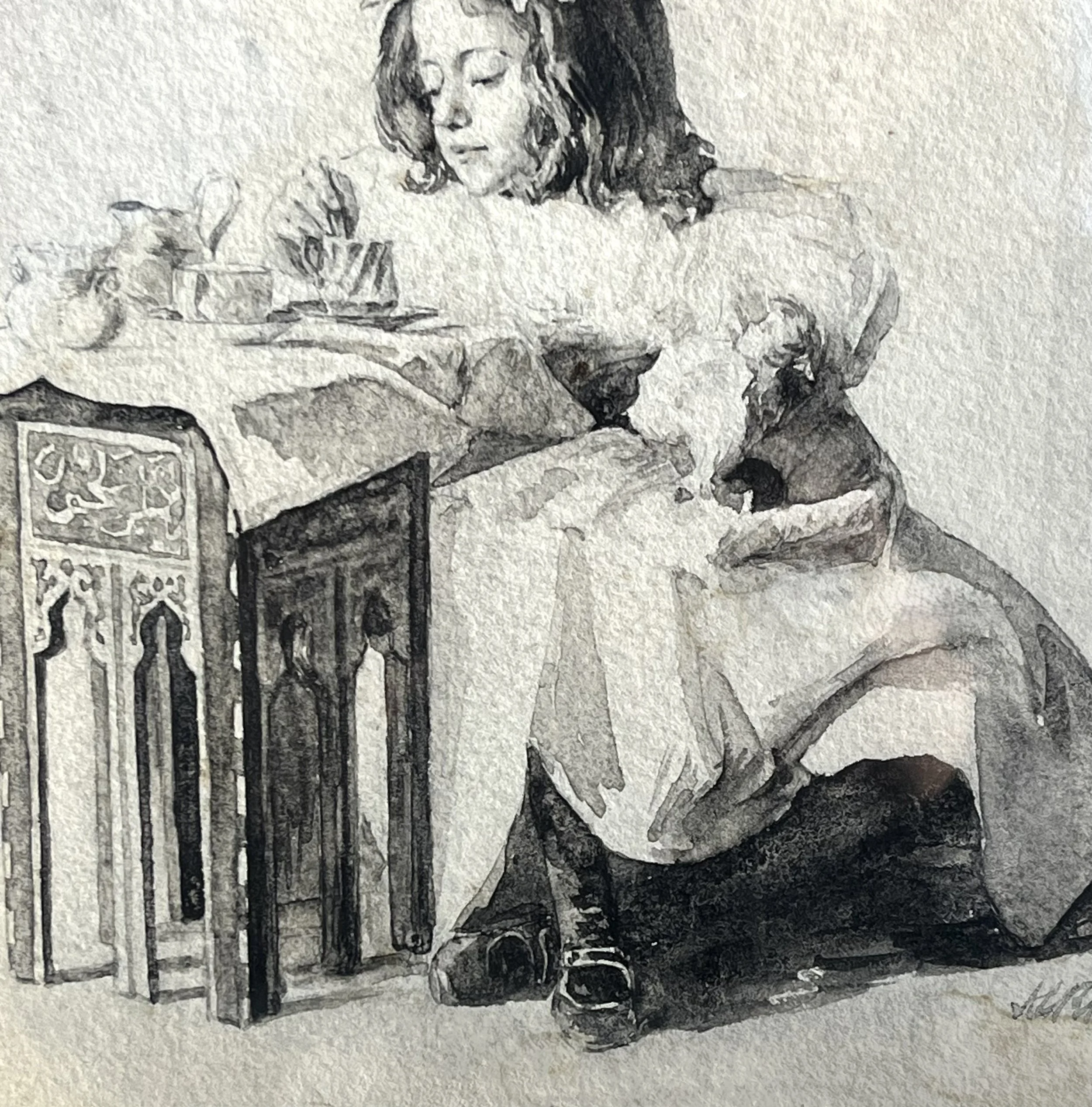 Image 3 of 11
Image 3 of 11

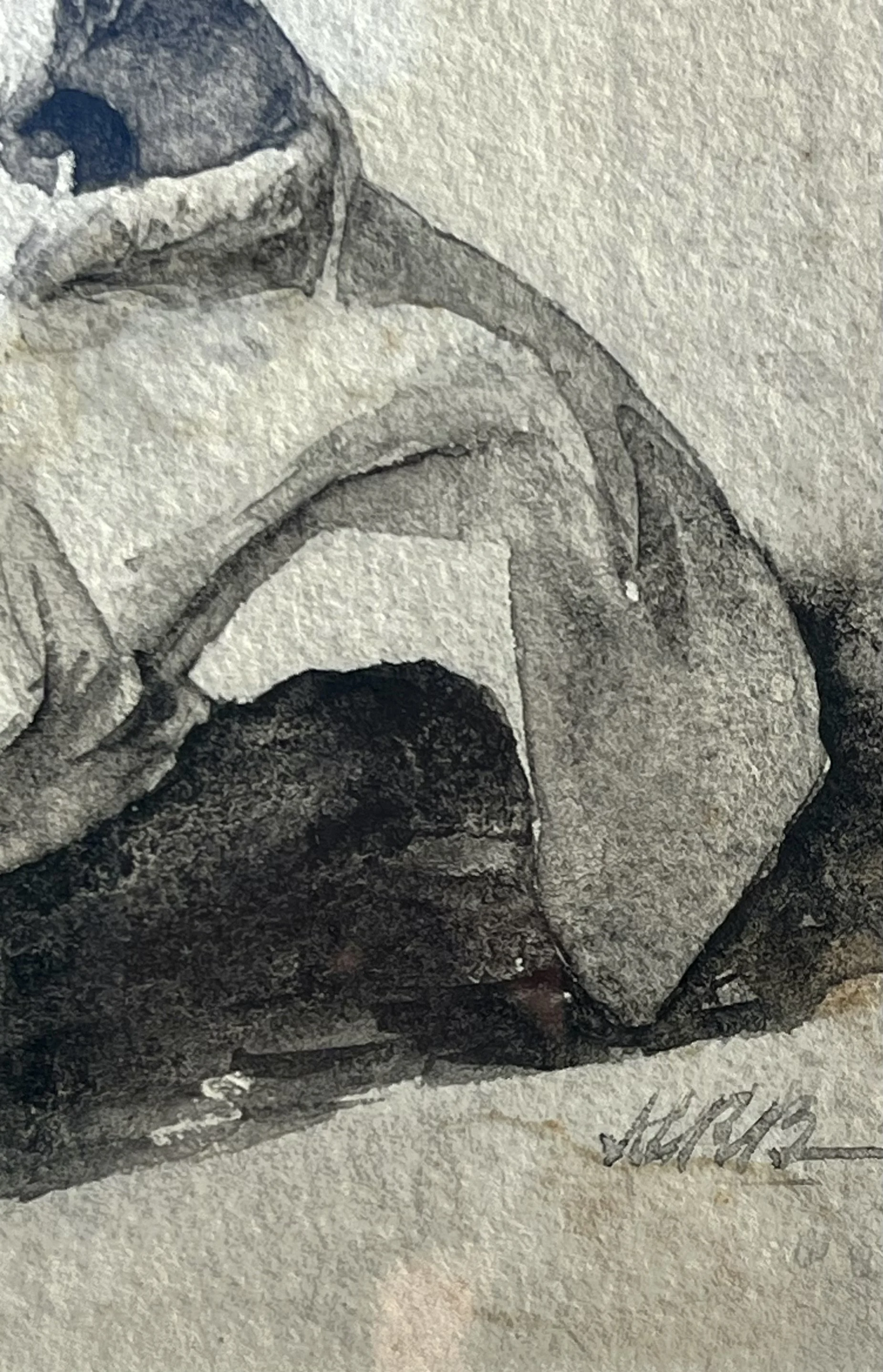 Image 4 of 11
Image 4 of 11

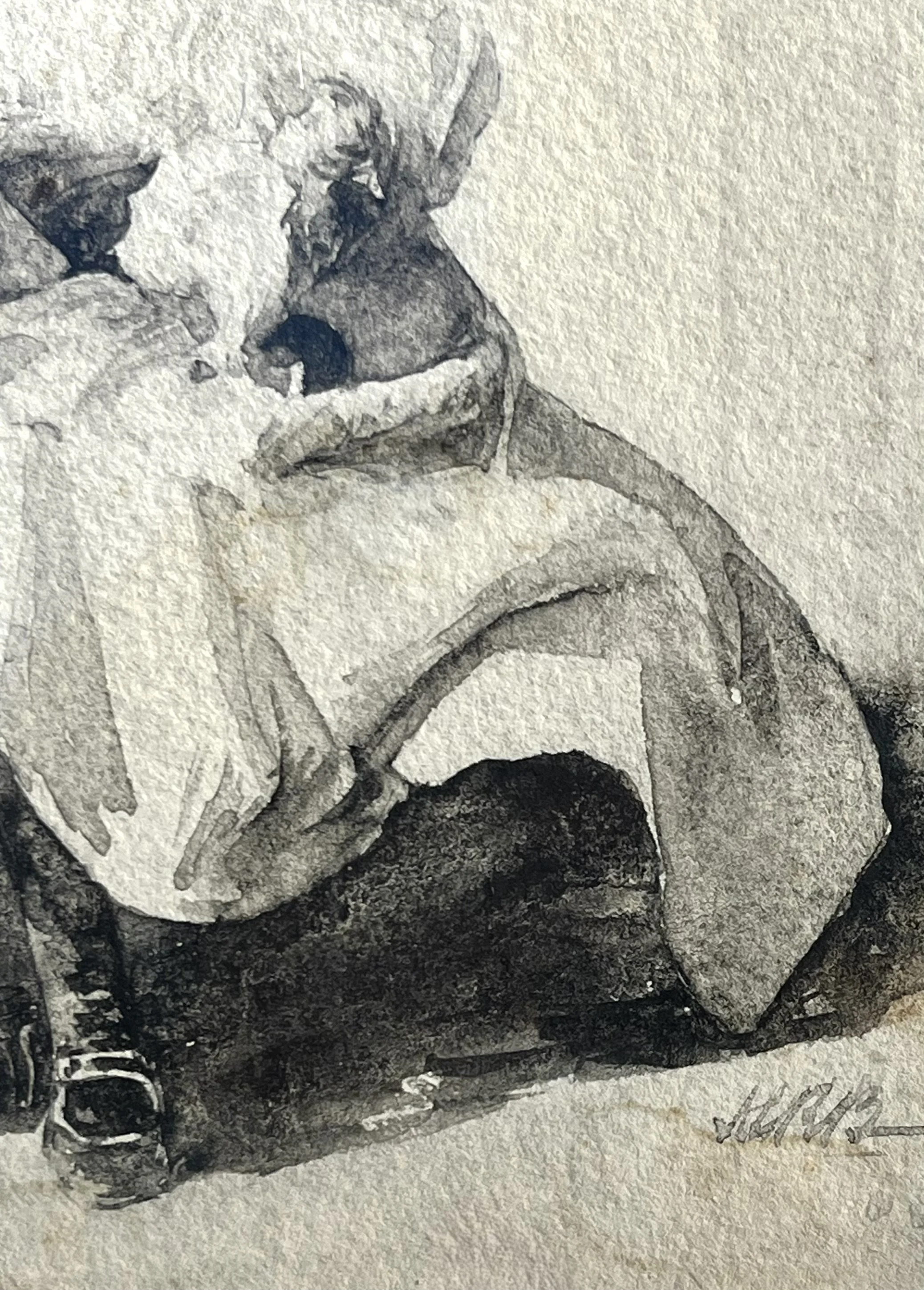 Image 5 of 11
Image 5 of 11

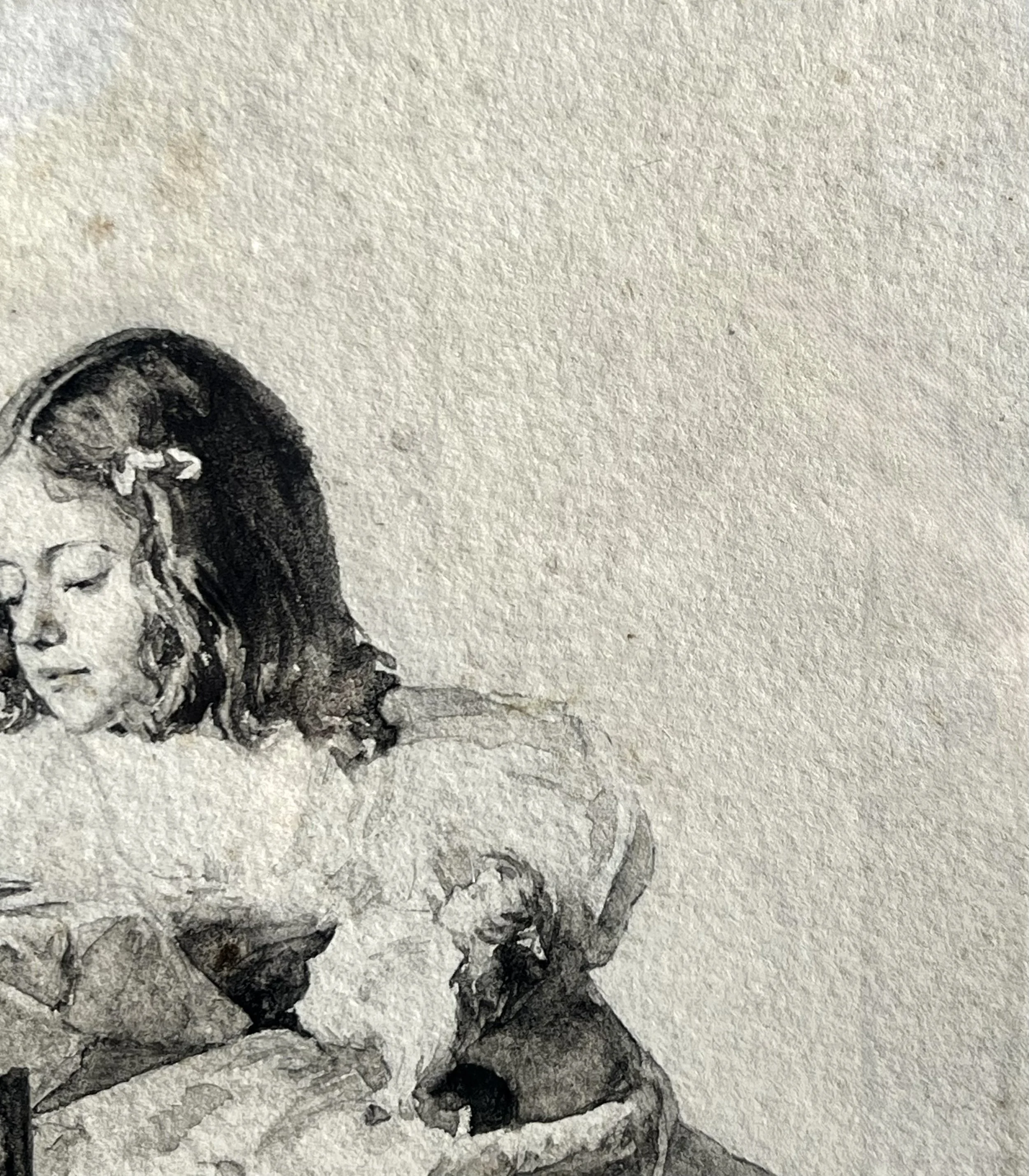 Image 6 of 11
Image 6 of 11

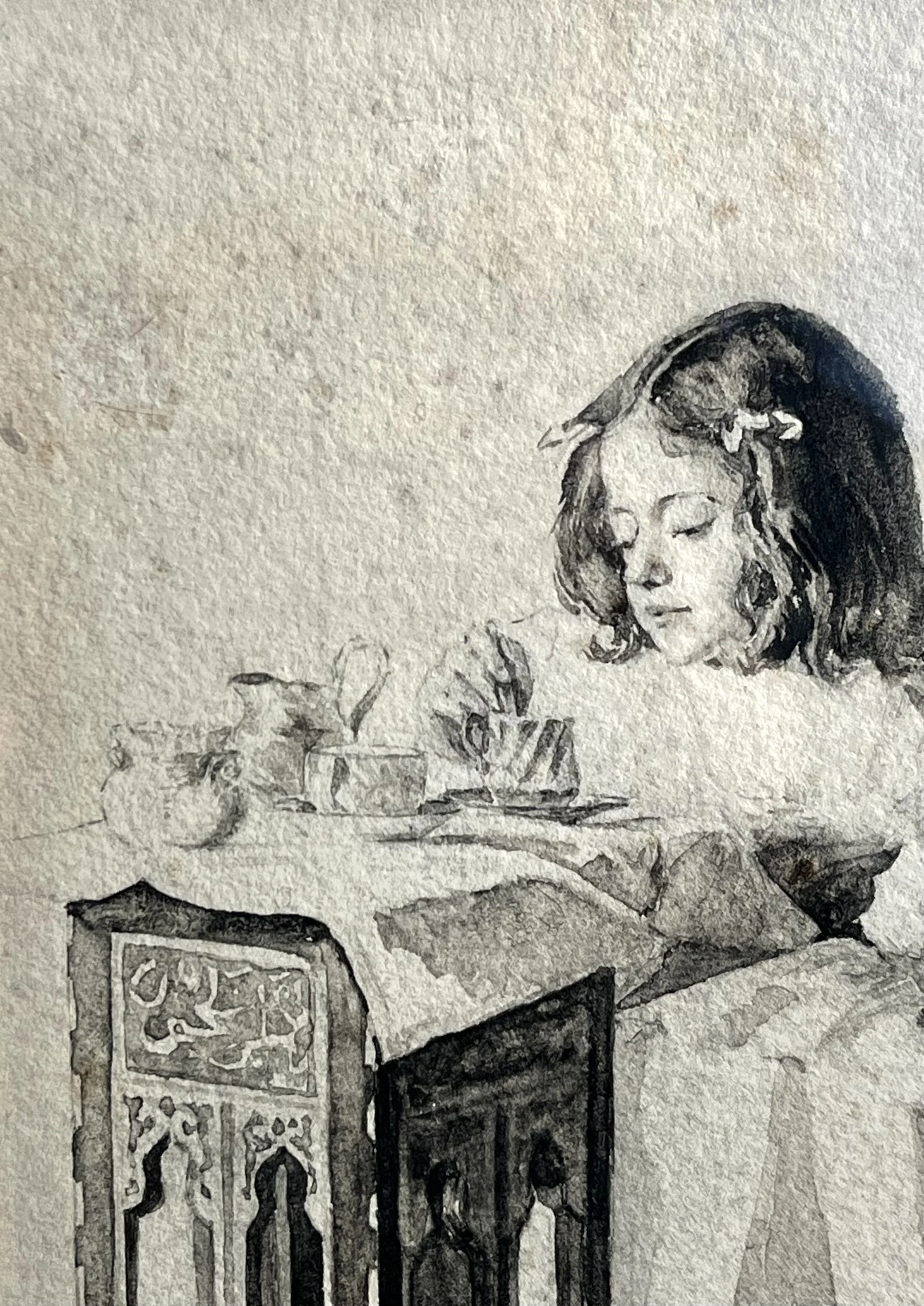 Image 7 of 11
Image 7 of 11

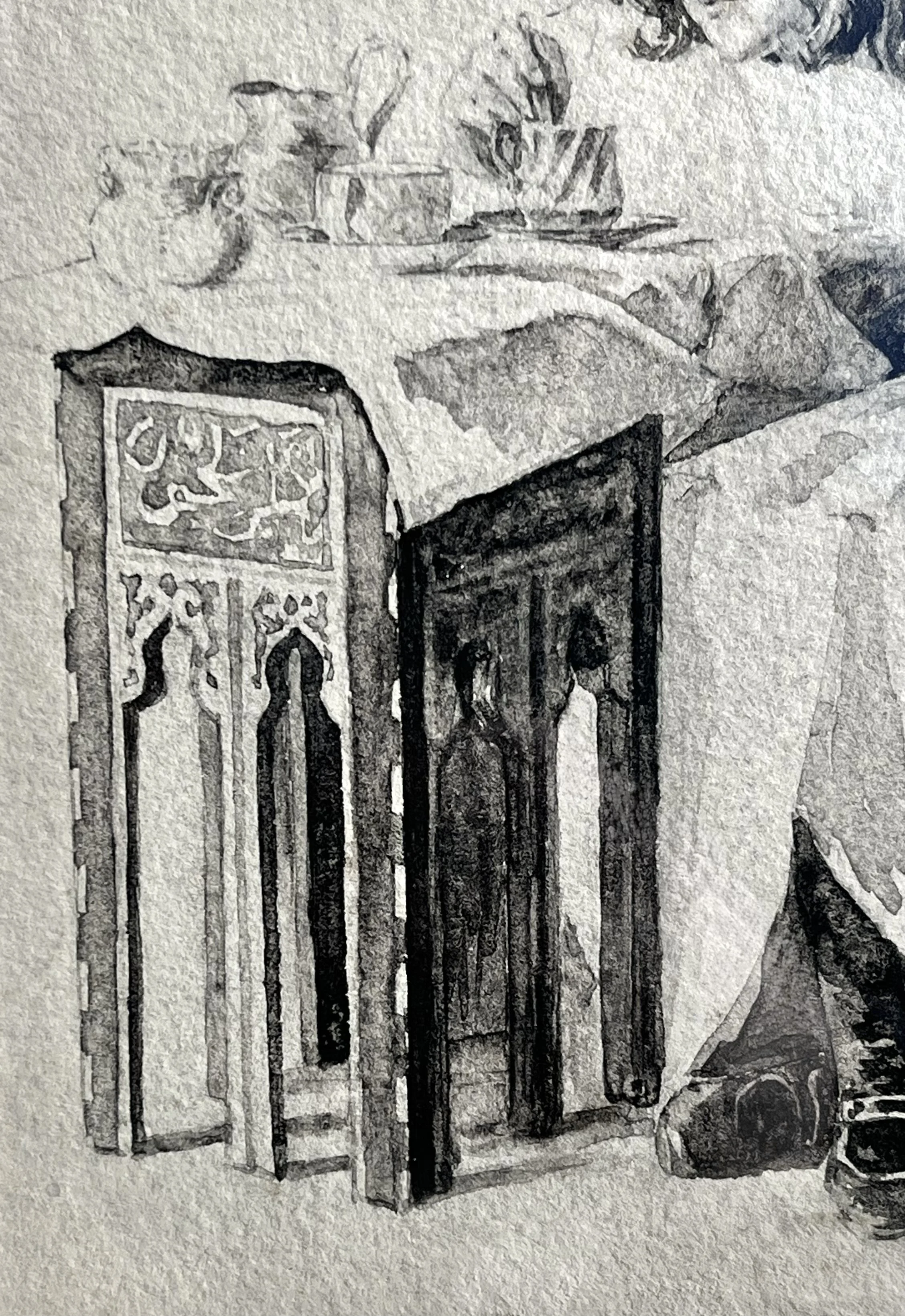 Image 8 of 11
Image 8 of 11

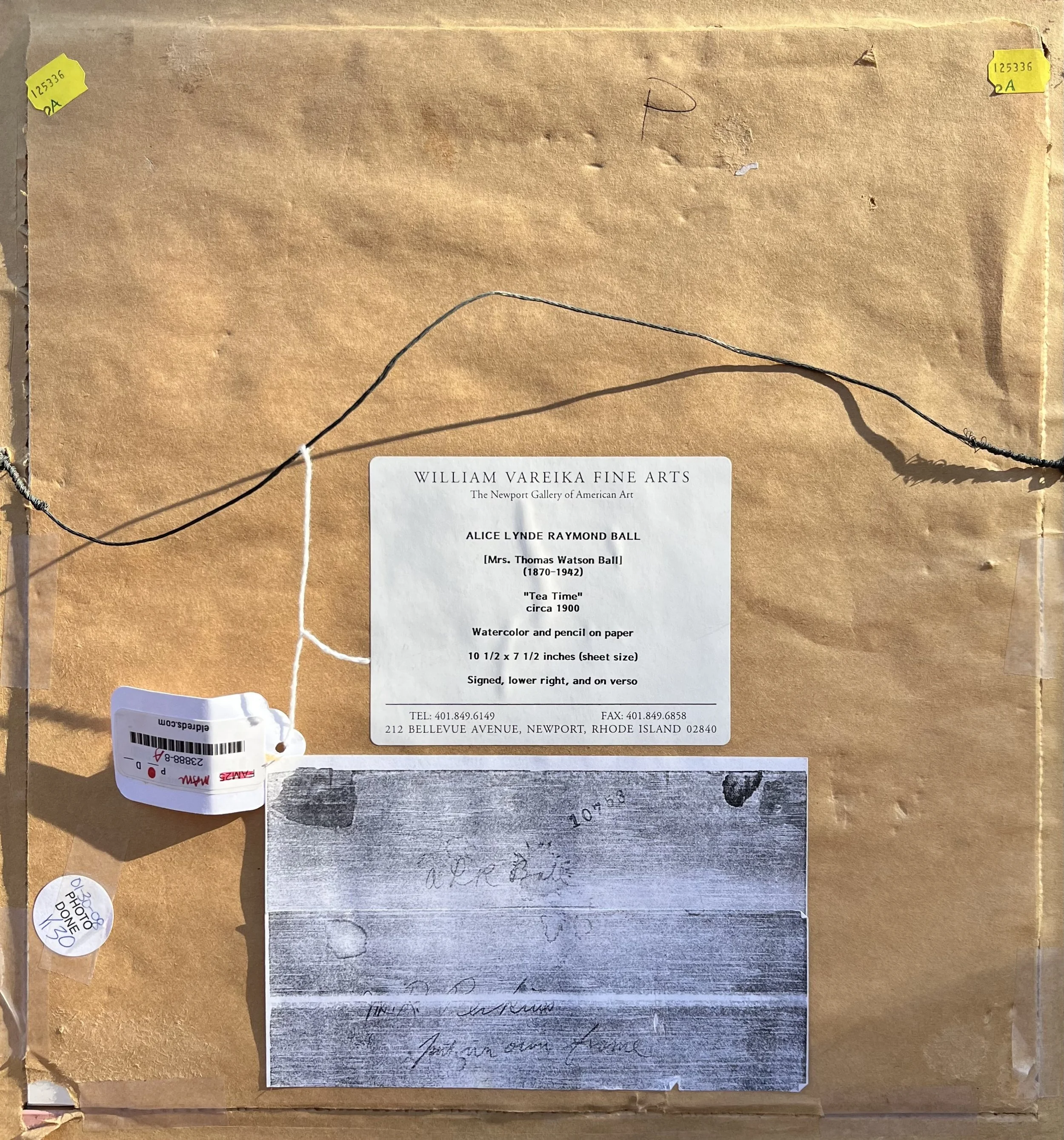 Image 9 of 11
Image 9 of 11

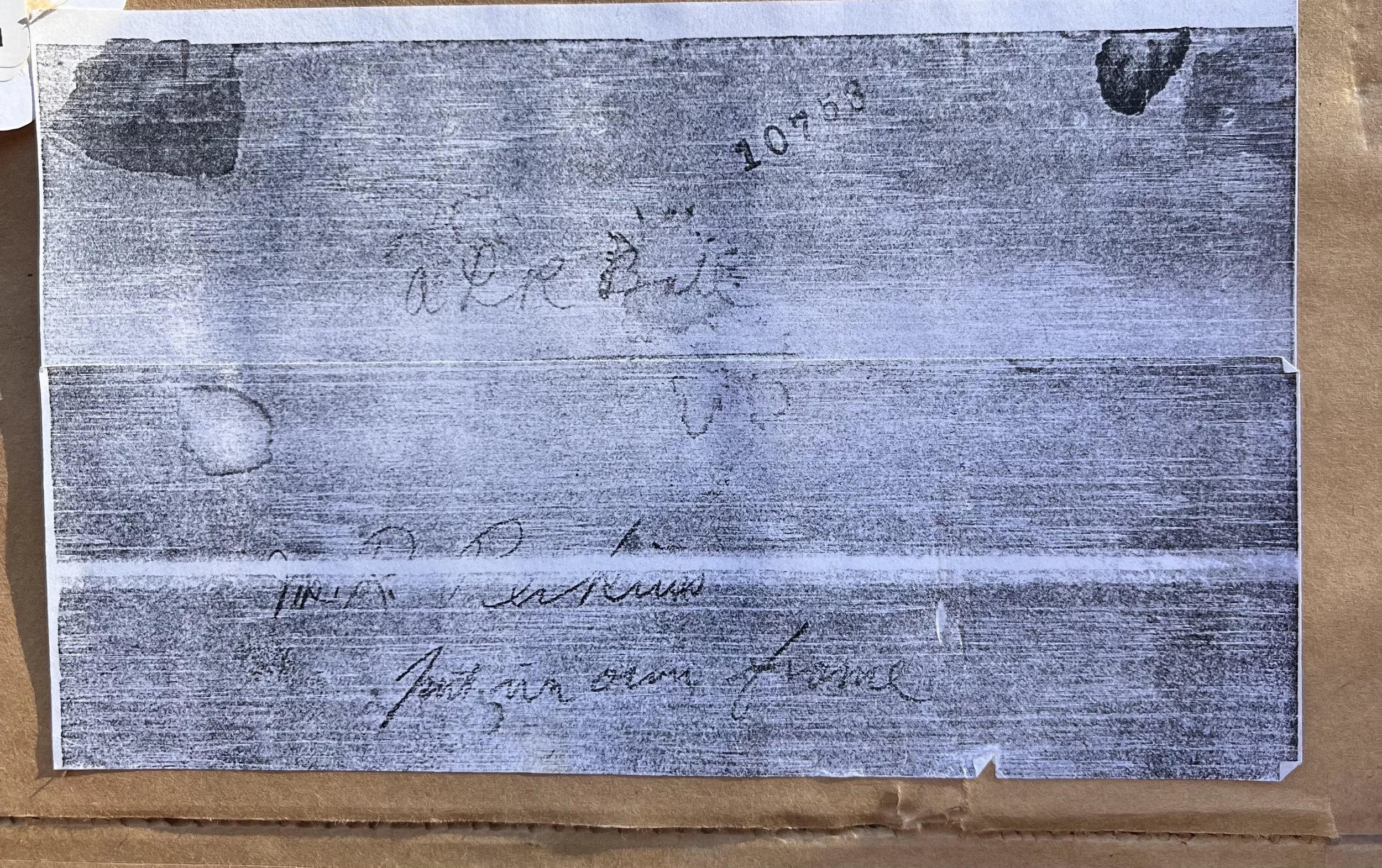 Image 10 of 11
Image 10 of 11

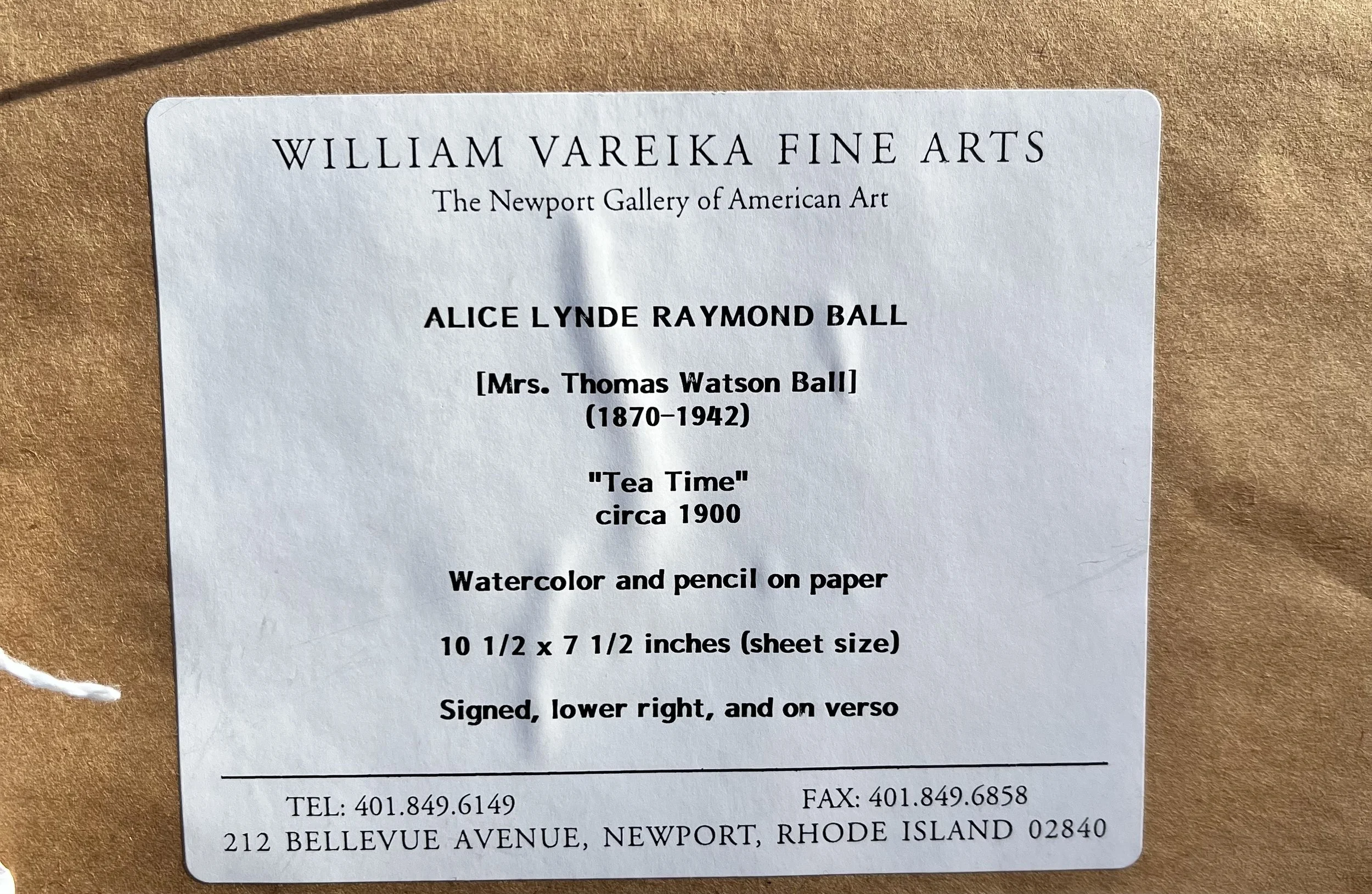 Image 11 of 11
Image 11 of 11












Tea Time
Artist: Alice Lynde Raymond Ball
Medium: Watercolor and Pencil on Paper
Creation Year: c. 1900
Dimensions: 10 × 7 inches
Style: Impressionist, Figurative
Period: Early 20th Century
Condition: Excellent
Description: Tea Time by Alice Lynde Raymond Ball is an exceptional example of late 19th to early 20th-century American illustration, capturing an intimate moment of childhood with masterful sensitivity. Executed in delicate monochrome, the work showcases Ball’s remarkable ability to convey atmosphere, character, and storytelling with minimal means. A young girl sits absorbed in a miniature tea party, her expression one of gentle concentration as she carefully pours from a tiny teapot. Beside her, a cherished doll rests in her lap, adding a tender emotional note to the scene.
Ball demonstrates exquisite control of value, composition, and detail, using light and shadow to create depth while maintaining softness. The ornate miniature table and careful rendering of fabric folds elevate the domestic subject to fine art, revealing the artist’s technical skill and refined draftsmanship. As a woman artist working during a period when female painters and illustrators often struggled for recognition, Ball’s work stands as a testament to the sophistication and artistic merit found in intimate genre scenes. Tea Time is more than a study of childhood, it is a celebration of quiet storytelling and the emotional resonance found in everyday moments.
Artist: Alice Lynde Raymond Ball
Medium: Watercolor and Pencil on Paper
Creation Year: c. 1900
Dimensions: 10 × 7 inches
Style: Impressionist, Figurative
Period: Early 20th Century
Condition: Excellent
Description: Tea Time by Alice Lynde Raymond Ball is an exceptional example of late 19th to early 20th-century American illustration, capturing an intimate moment of childhood with masterful sensitivity. Executed in delicate monochrome, the work showcases Ball’s remarkable ability to convey atmosphere, character, and storytelling with minimal means. A young girl sits absorbed in a miniature tea party, her expression one of gentle concentration as she carefully pours from a tiny teapot. Beside her, a cherished doll rests in her lap, adding a tender emotional note to the scene.
Ball demonstrates exquisite control of value, composition, and detail, using light and shadow to create depth while maintaining softness. The ornate miniature table and careful rendering of fabric folds elevate the domestic subject to fine art, revealing the artist’s technical skill and refined draftsmanship. As a woman artist working during a period when female painters and illustrators often struggled for recognition, Ball’s work stands as a testament to the sophistication and artistic merit found in intimate genre scenes. Tea Time is more than a study of childhood, it is a celebration of quiet storytelling and the emotional resonance found in everyday moments.
